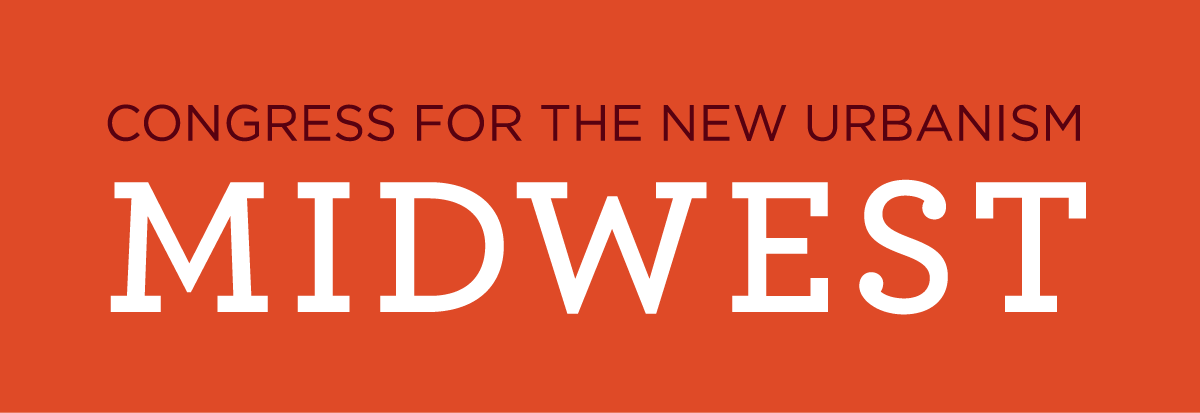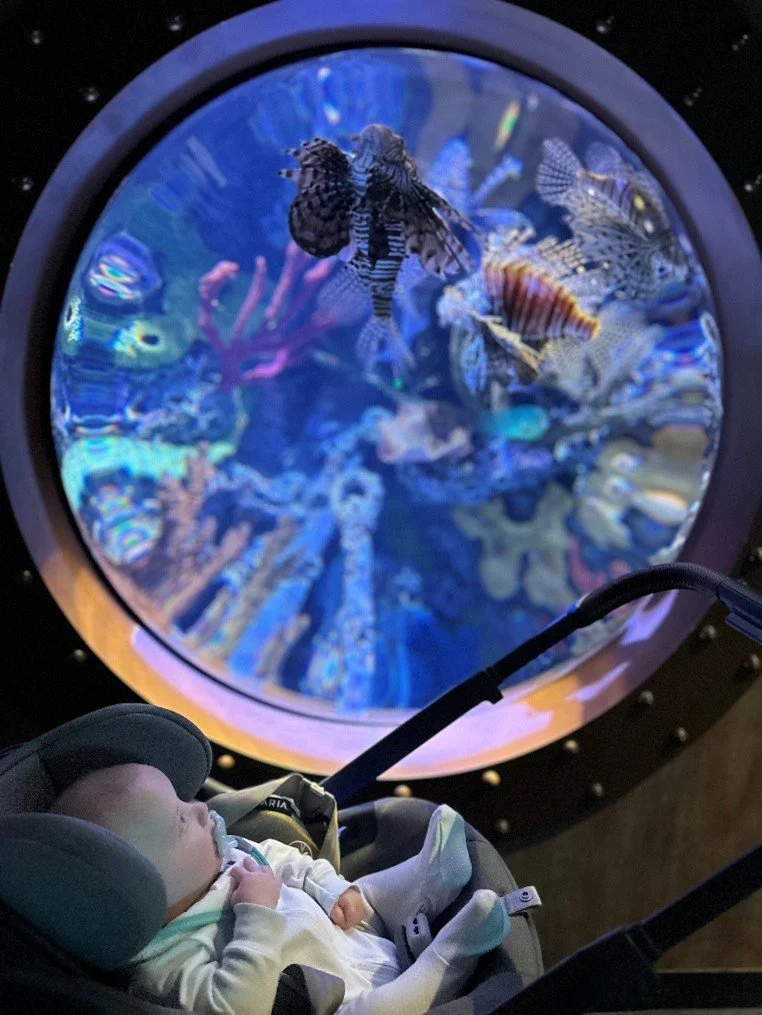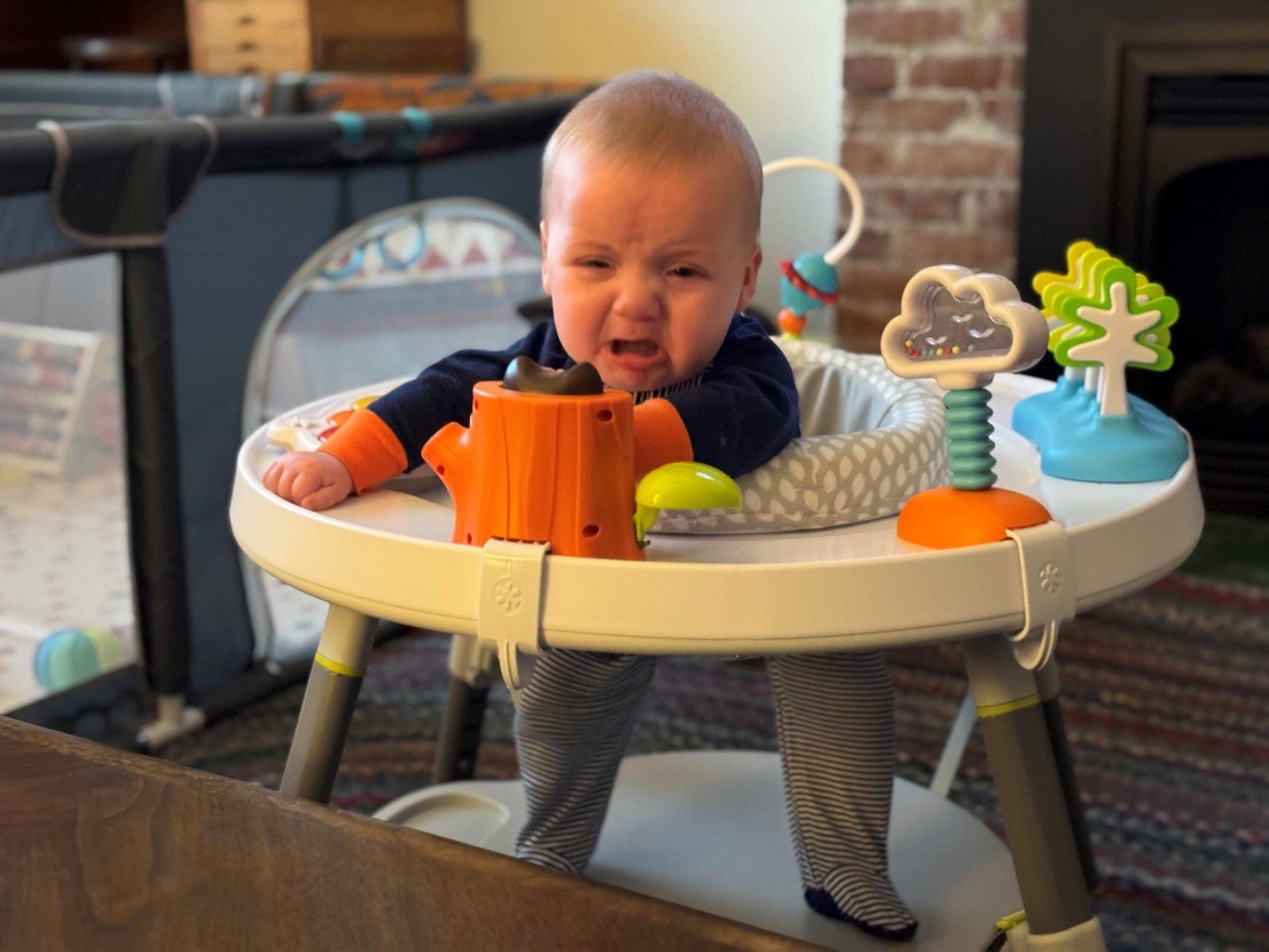BABE IN THE CITY 2.0
Thanks to the overwhelming feedback from our original post, Babe in the City, we're turning it into a series! You have inspired us to dive even deeper into the stories, tips, and experiences that make raising a family in an urban environment so unique. If you would like to share your “Babe in the City” story, contact klshackelford@gmail.com. Stay tuned for more exciting content coming your way as we explore the ups and downs of raising an urbanist baby!Last time you heard from me, I was gearing up for the end of maternity leave, bracing for the transition back to work and the eventual introduction of daycare. Now 6 months old, our little urbanist babe is increasingly mobile, brimming with curiosity, and overflowing with drool. With all these changes, certain challenges become more apparent. Are we ready to give up the urbanist life?Urbanist Baby has proven he can nap at any urban destination—be it professional soccer game, art museum, or aquarium.
At Little Urbanist Baby’s six month check in, the pediatrician gave us the green light to introduce solid food and sent us home with instructions to start babyproofing. This could actually have been my first urbanist “flinch” so to speak. Our home is old, circa 1920s, with steep, narrow stairs and wood floors throughout. The wiring is not so modern which has warranted several extension cords and surge protectors. I confess. I briefly daydreamed of a modern new home with soft carpeting and conveniently located outlets. Putting myself in my baby’s botties, I could see dozens of fun hazards – like exploring inside the antique floor registers or catching a finger in one of my beloved pocket doors. I’ve not yet figure out how to baby proof this house. For the time being, I’m relying on:The Baby CAge.
The Baby Cage is my temporary solution to babyproofing. Within its 2.5-foot walls and about 30 square feet of room, I have curated a miniature baby living room with toys, pillows, and a play gym. I love The Baby Cage because not only does it mean the baby is safe from crawling into danger, but the baby’s things are also safe from our two large dogs. I’ve added extra cushions and padding to the floor of The Baby Cage to ensure a safe landing for the inevitable tumbles to come. This solution may get us a six-month reprieve from worry, but ultimately we’re going to have to make some major adjustments to our home to ensure a toddler is safe to roam.Beyond the Baby Cage, baby toys are often mistaken as dog toys. Sorry, Hokie Bird.
Without family or “a village” nearby, caregiving can become overwhelming very quickly. It can feel isolating in a city when every new development seems to cater to young professionals and empty nesters. I’ve heard several urbanists, even my colleagues, repeat predictions that, “for the next two decades, 80 percent of net new households [in the United States] will be singles and couples.” The implication is that these folks will be childless, and we need to accommodate their needs. No shade to David Dixon, but I think this is a self-fulfilling prophecy. If we’re choosing to accommodate this projection, we’re purposely leaving out children and families in our designs. In turn, we’re making it harder to be parents by making it more isolating, more expensive, and more unwelcome to raise children in urban environments. What if we said the opposite? Children belong in cities. How would we change our approach?Unlike some, I actually looked forward to my baby starting daycare. I was grateful that my little mister would have the dedicated time and attention of licensed professionals. We found a great opportunity relatively close with the added bonus of the staff providing language immersion throughout the day. Not a ton of parents want their baby babbling in French or Portuguese, so our cohort of parents is a self-selecting group that happens to have a ton in common. Most of us have no family nearby (like me), moved here for work (like me), and many (not like me) are non-native English speakers. The daycare often hosts family meetups so that parents can become acquainted and bond. I was over the moon to learn that another set of parents lived two blocks away and they too were eager to find like-minded support nearby. Daycare has given me my first chance to build a village, and to learn from others about navigating parenting in our urban community.how we feel about St. Louis drivers.
My only complaint, and it’s a true urbanist complaint, is traffic. Daycare offers a 30-minute drop-off and pick-up window. I live a maximum 12 minutes from work and work from home occasionally. Daycare is farther from my home and office and requires I hop on the interstate and head away from both. I have not been able reliably predict traffic at any point on my journey from day to day, and have more than once spent the entire 30-minute pickup window sitting in congestion cursing automobile dependence and begging I don’t get fined. It doesn’t help that traffic enforcement in the city is non-existent. As I try to safely transport my tot from one place to another, I must deal daily with red-light runners and people using the center turn lanes as their own personal speed tracks. I spent an inordinate amount of time selecting a car seat and determining its safest positioning for the terrifying inevitability that one of those moronic drivers will hit me and my precious cargo. But despite these hurdles, the journey of raising an urbanist baby has reaffirmed for me the importance of connection—whether it's through finding a like-minded daycare community or simply reimagining what urban design could look like if it embraced the needs of families. As our little one grows and explores the city with more curiosity, I’m reminded of the potential for cities to be vibrant, welcoming spaces for families, if only we reframe our thinking and our designs to accommodate children.So, to all the urban parents out there, let's keep sharing our stories, learning from each other, and advocating for cities that are as friendly to strollers as they are to bikes and foot traffic. Stay tuned for more as we continue this series and dive deeper into the beautiful chaos of raising the next generation of urban explorers.[photo credits: Katy Shackelford]
Author bio:
Katy Shackelford, AICP, PTP, is an award-winning urban planning professional and funding specialist with more than twelve years of experience. She specializes in transportation planning, economic development, and public policy in distressed and disadvantaged communities. She has a talent for creating catalytic community impacts using infrastructure investment. As a member of Stantec’s North American Funding Program, Katy helps clients navigate complex funding opportunities and position their projects for maximum community benefits.



